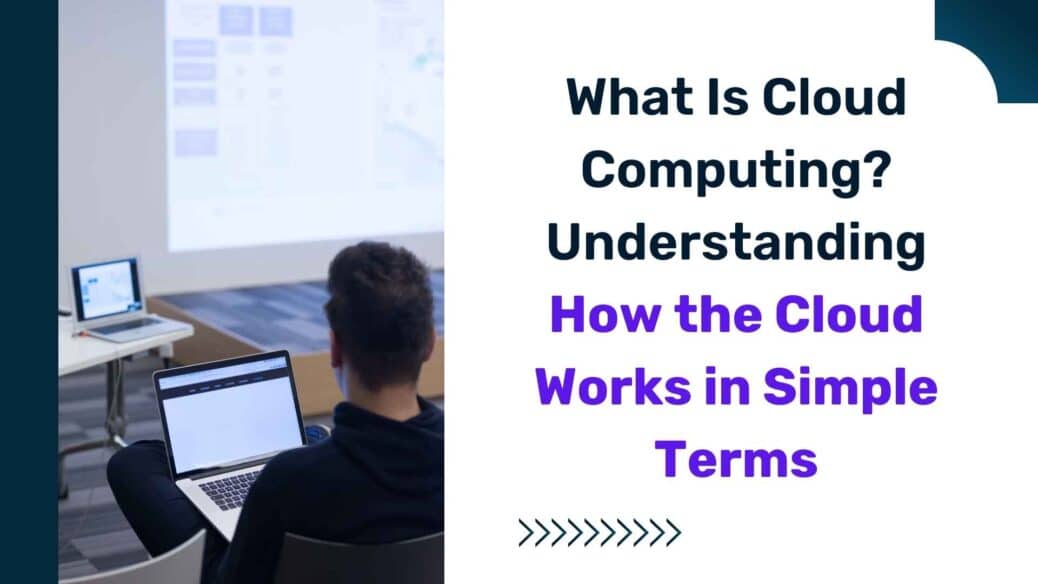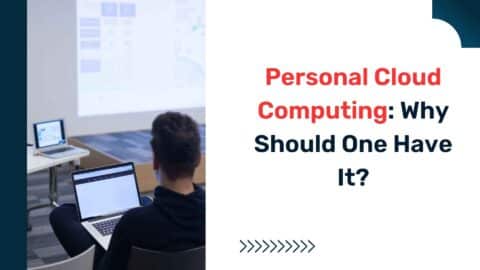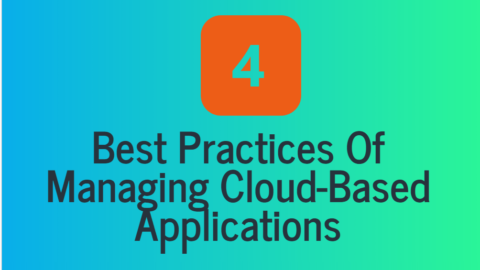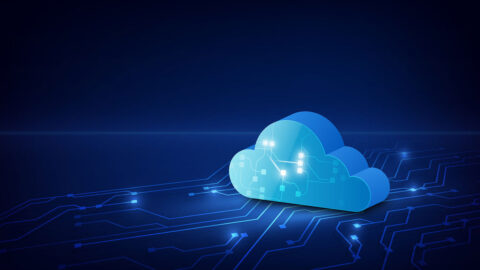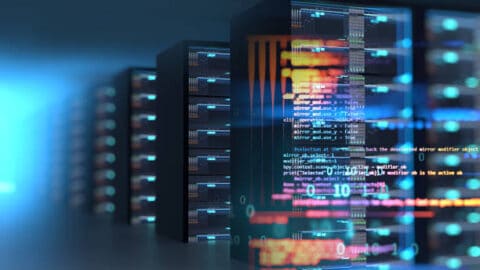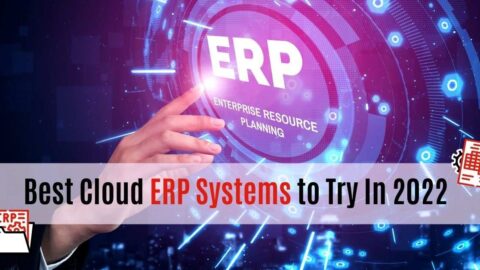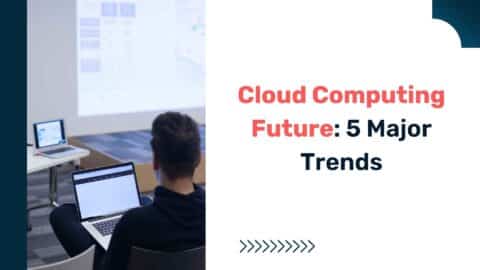What Is Cloud Computing? Understanding How the Cloud Works in Simple Terms
What is cloud computing? In today’s digital age, the term “cloud computing” often pops up in discussions. If you’ve ever wondered, “What exactly is cloud computing, and how does it work?” then you’re in the right place. Let’s break down the concept into easy-to-grasp chunks.
Table of Contents
What Is Cloud Computing: The Basic Idea
Imagine storing all your photos, documents, and software not on your personal computer or phone, but somewhere out there — invisible, yet accessible. This “somewhere” is what we call the cloud. In essence, cloud computing means storing and accessing data and programs over the internet instead of your computer’s hard drive.
How the Cloud Works: A Simple Analogy
Consider your electricity usage. Instead of having a mini power plant in every house, we get electricity from a centralized source, only paying for what we use. Similarly, instead of storing all your data and software on individual devices, cloud computing lets you access the same kind of resources on-demand from centralized data centers via the internet.
What Is Cloud Computing: Easy Ways the Cloud Impacts You
- File Storage and Sharing: Services like Dropbox, Google Drive, and iCloud let you store files in the cloud. You can access these files from any device, anywhere. Sharing them with others becomes a breeze too.
- Streaming Services: When you’re watching movies on Netflix or listening to music on Spotify, you’re using cloud computing. Instead of downloading a file, you’re streaming from the cloud.
- Online Gaming: Platforms like Google’s Stadia allow gamers to play without consoles or high-end gaming PCs. The game runs on powerful cloud servers, and players simply stream it.
- Collaborative Work: Tools like Google Docs or Microsoft Office 365 allow multiple users to work on the same document simultaneously, all thanks to the cloud.
- Backup and Recovery: Lost your phone or had a computer crash? If you’ve backed up your data on the cloud, recovering it is straightforward and quick.
Why Is Cloud Computing Revolutionary?
- Flexibility: You can access your files or use applications from any device that has an internet connection, be it a smartphone, tablet, or computer.
- Cost-Efficient: Instead of spending heavily on hardware and data storage solutions, businesses can simply rent out the resources they need and scale up or down based on demand.
- Enhanced Collaboration: Teams dispersed geographically can collaborate seamlessly, enhancing productivity.
- Automatic Updates: Software or applications in the cloud can be updated centrally by service providers, ensuring users always have access to the latest features without any manual effort.
What Is Cloud Computing: Additional Cloud Computing Examples: Making it Relatable
- E-Mail Services: When you use Gmail, Yahoo Mail, or Outlook online, you’re accessing a cloud-based application. Instead of running the email program from software installed on your device, you’re checking, sending, and organizing your mail using a web browser, with all your data stored in the cloud.
- Photo Editing: Think about apps like Canva or Pixlr. Instead of downloading a software suite, you edit photos directly in your browser, using tools hosted on cloud servers.
- Social Media: Platforms like Facebook, Twitter, and Instagram all utilize the cloud. Every photo you upload, comment you make, or profile you update is stored in data centers rather than on your personal device.
- Mobile Banking: When you check your bank balance on your phone or make a transaction, you’re often accessing data in a cloud environment. The bank’s app interfaces with cloud servers to provide real-time account information.
- Virtual Personal Assistants: Siri, Alexa, and Google Assistant — these voice-activated personal assistants process and store your commands in the cloud. When you ask Siri about the weather, she sends your voice command to Apple’s data centers for processing.
- GPS and Map Services: Apps like Google Maps or Waze don’t store all the map data on your device. Instead, they fetch data as needed from cloud servers, which also allows them to instantly update traffic conditions or construction alerts.
- Online Retail and Shopping: Sites like Amazon, eBay, or Etsy use cloud computing to host product listings, manage inventory, and process transactions. Every time you add something to your cart or make a purchase, that data is processed and stored in the cloud.
In Conclusion
Cloud computing, in its various forms and applications, is a transformative technology. It has redefined the way we store, access, and share data, offering flexibility, efficiency, and scalability. The next time you stream a song, collaborate on a document, or even check your emails on the go, remember — it’s all made possible by the magic of the cloud.
A Broader Perspective
With these examples, it becomes evident that our daily interactions with the digital world are deeply intertwined with cloud computing. It seamlessly integrates into our routines, offering convenience and efficiency, often without us even noticing. As technology continues to advance, the scope and reach of cloud computing are bound to expand, further embedding it in various facets of our lives.
Frequently Asked Questions (FAQs) About Cloud Computing
- What is cloud computing?
- It is the delivery of computing services—including servers, storage, databases, networking, software, and more—over the Internet (“the cloud”). It allows users to access and store data and applications on remote servers rather than on local devices or personal computers.
- How is cloud computing different from traditional computing?
- Traditional computing typically involves owning and maintaining physical hardware and software. It, on the other hand, allows businesses and individuals to rent or lease computing resources from cloud service providers, often leading to cost savings, scalability, and flexibility.
- Are there different types of cloud computing?
- Yes. The primary models are Infrastructure as a Service (IaaS), Platform as a Service (PaaS), and Software as a Service (SaaS). There are also different deployment models like public, private, hybrid, and community clouds.
Hello, I’m Cansu, a professional dedicated to creating Excel tutorials, specifically catering to the needs of B2B professionals. With a passion for data analysis and a deep understanding of Microsoft Excel, I have built a reputation for providing comprehensive and user-friendly tutorials that empower businesses to harness the full potential of this powerful software.
I have always been fascinated by the intricate world of numbers and the ability of Excel to transform raw data into meaningful insights. Throughout my career, I have honed my data manipulation, visualization, and automation skills, enabling me to streamline complex processes and drive efficiency in various industries.
As a B2B specialist, I recognize the unique challenges that professionals face when managing and analyzing large volumes of data. With this understanding, I create tutorials tailored to businesses’ specific needs, offering practical solutions to enhance productivity, improve decision-making, and optimize workflows.
My tutorials cover various topics, including advanced formulas and functions, data modeling, pivot tables, macros, and data visualization techniques. I strive to explain complex concepts in a clear and accessible manner, ensuring that even those with limited Excel experience can grasp the concepts and apply them effectively in their work.
In addition to my tutorial work, I actively engage with the Excel community through workshops, webinars, and online forums. I believe in the power of knowledge sharing and collaborative learning, and I am committed to helping professionals unlock their full potential by mastering Excel.
With a strong track record of success and a growing community of satisfied learners, I continue to expand my repertoire of Excel tutorials, keeping up with the latest advancements and features in the software. I aim to empower businesses with the skills and tools they need to thrive in today’s data-driven world.
Suppose you are a B2B professional looking to enhance your Excel skills or a business seeking to improve data management practices. In that case, I invite you to join me on this journey of exploration and mastery. Let’s unlock the true potential of Excel together!
https://www.linkedin.com/in/cansuaydinim/

